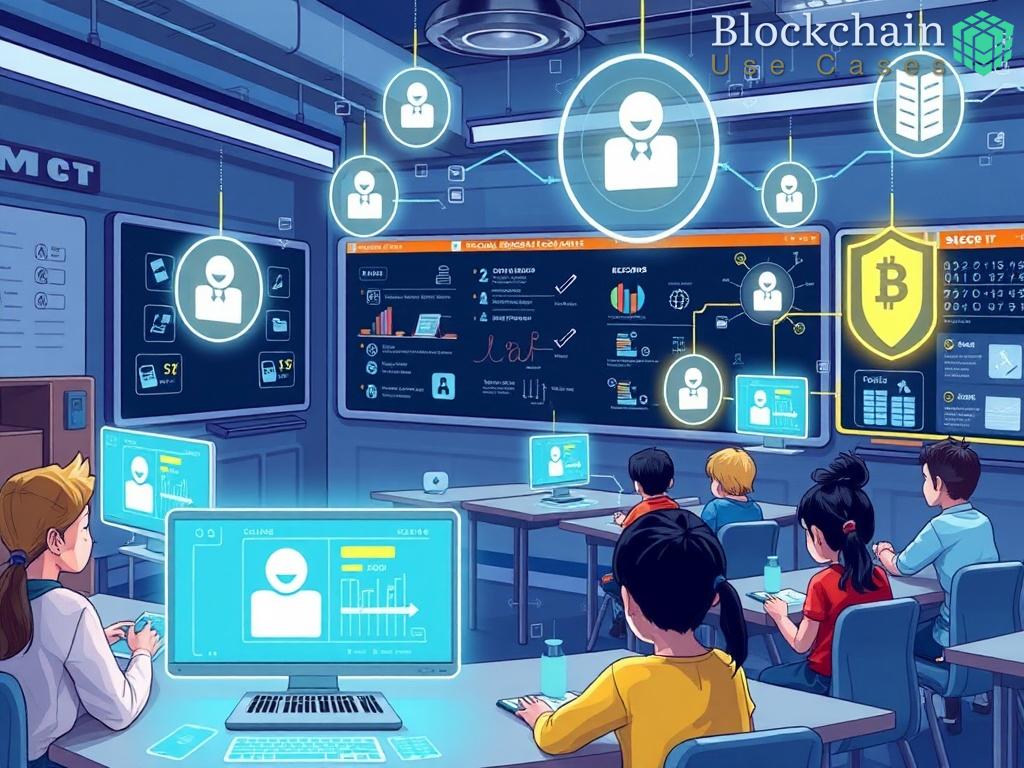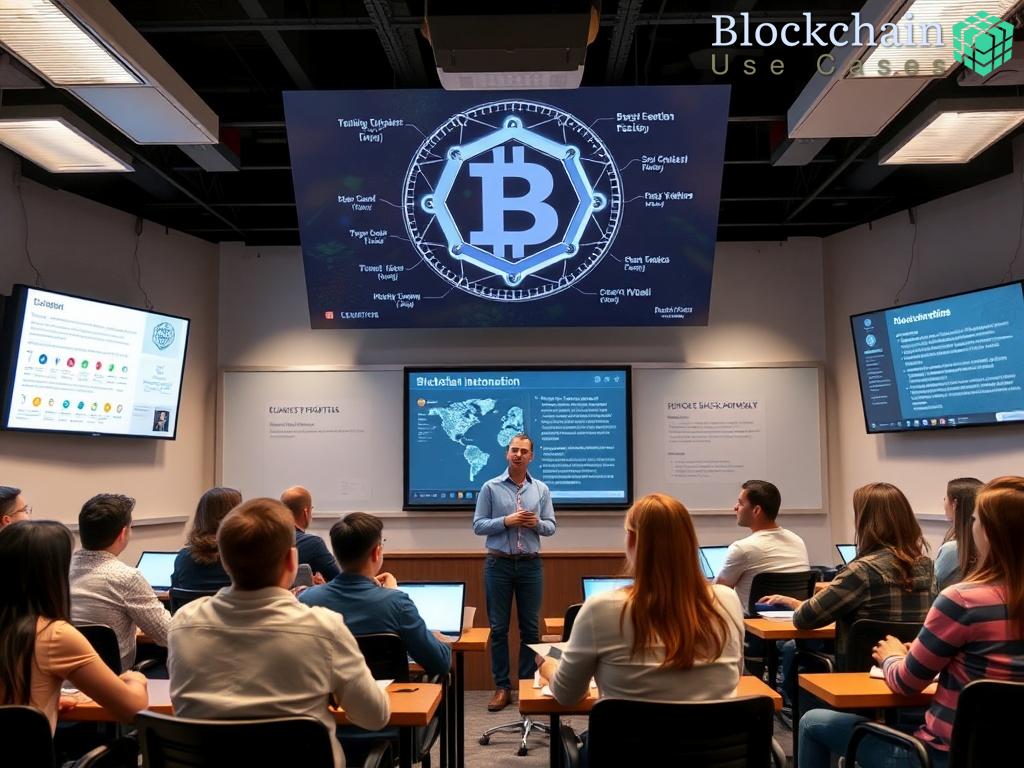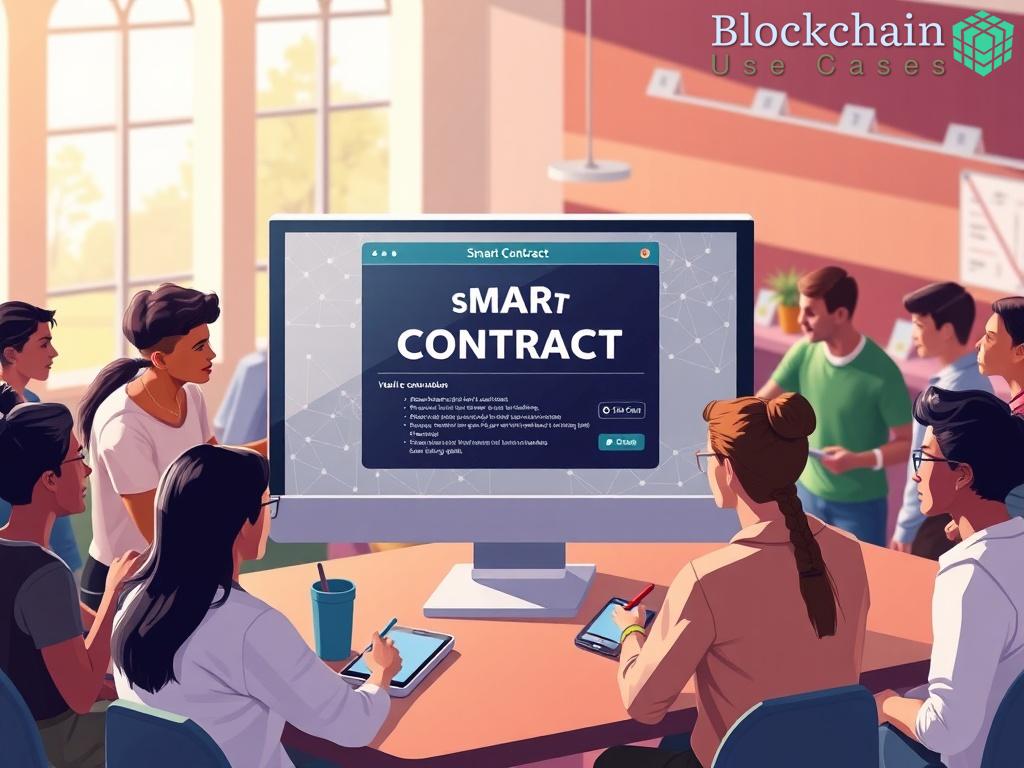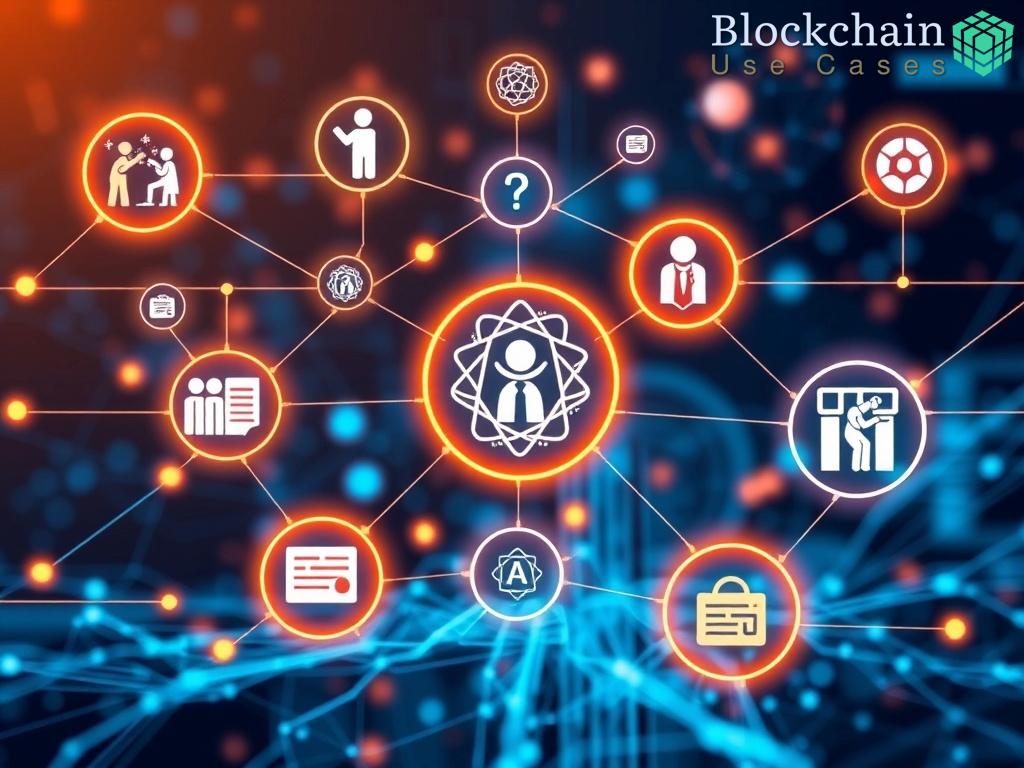Overview of Blockchain Technology in Education
As educational institutions strive for greater transparency and security, blockchain technology emerges as a revolutionary solution. This decentralized ledger system not only enhances data integrity but also offers unprecedented security features that can transform the management of sensitive information such as special education records and Individualized Education Programs (IEPs).
Blockchain operates on a network of computers that collectively manage and verify transactions. Each transaction is bundled into a block and linked to the previous one, creating an immutable chain. This characteristic is particularly vital in education, where the accuracy and confidentiality of student records are paramount.
The implementation of blockchain in the educational sector can bring about significant changes, particularly in record-keeping practices. By utilizing blockchain, schools can ensure that IEPs and other educational records are securely stored, easily accessible, and tamper-proof.
Here are key benefits of integrating blockchain technology into education:
- Enhanced Security: Data is encrypted and decentralized, minimizing the risk of unauthorized access.
- Improved Accessibility: Authorized personnel can access records from anywhere, facilitating better communication and collaboration.
- Data Integrity: Once recorded, information cannot be altered without consensus, ensuring accuracy and trustworthiness.
- Streamlined Processes: Automation of record updates and sharing reduces administrative burdens and errors.
Several educational institutions are already piloting blockchain solutions to manage special education records. These initiatives demonstrate the feasibility and advantages of this technology in real-world settings.
In the future, we can expect blockchain to play a pivotal role not only in record management but also in credentialing and assessment, further safeguarding students’ academic histories and achievements.
Enhancing Data Security for IEPs with Blockchain
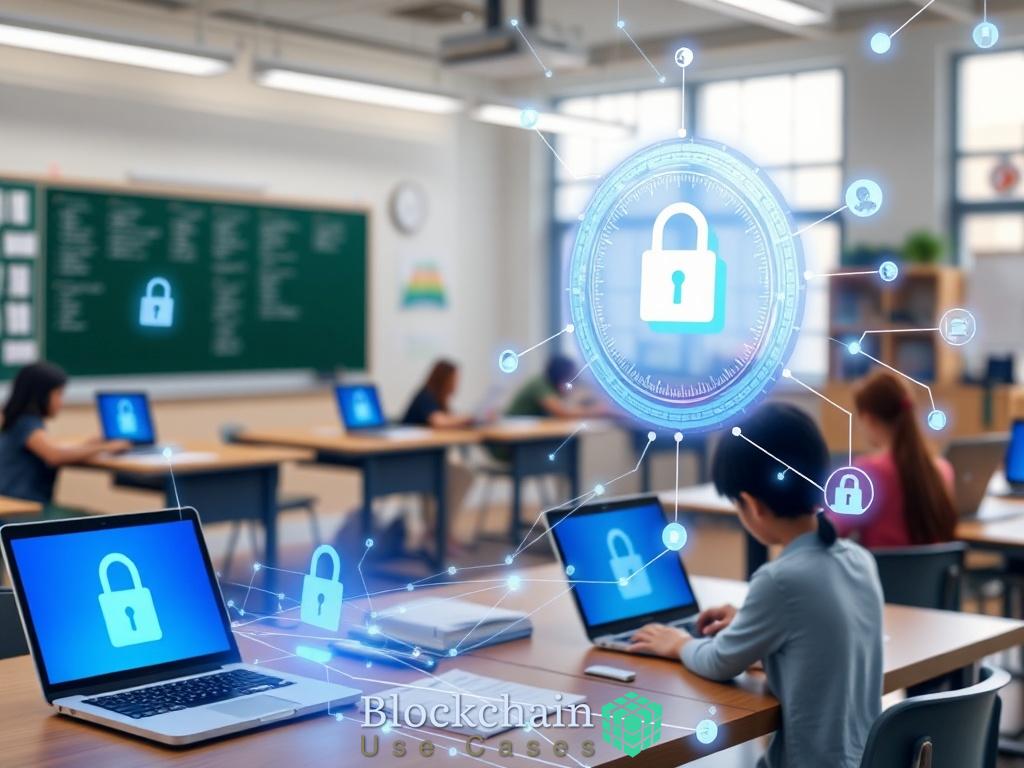
As educational institutions increasingly prioritize the safeguarding of sensitive information, the integration of blockchain technology emerges as a pivotal advancement in enhancing data security for Individualized Education Programs (IEPs). This innovative system not only fortifies the confidentiality of student records but also establishes a robust framework for verifiable access control. The urgency for such measures is underscored by the growing concerns surrounding data breaches and unauthorized access to critical educational information.
Uncompromised Data Integrity
Blockchain technology operates on the principle of decentralization, where data is stored across a network of computers rather than a single entity. This distribution ensures that IEPs are not only encrypted but also immune to tampering. Each entry in the blockchain is timestamped and linked to previous blocks, creating a chain of custody that is both transparent and secure. Any attempt to alter a record would require consensus from the network, making unauthorized modifications nearly impossible.
Granular Access Control
Another significant advantage of blockchain lies in its ability to implement detailed access controls. By utilizing smart contracts, educational institutions can designate specific permissions regarding who can view or modify IEPs. This control is crucial in an environment where multiple stakeholders—such as educators, parents, and specialized service providers—require access to sensitive information. With blockchain, access can be granted in a way that is both temporary and revocable, ensuring that sensitive data is only available to authorized personnel when necessary.
| Feature | Traditional Systems | Blockchain Systems |
|---|---|---|
| Data Storage | Centralized | Decentralized |
| Data Integrity | Prone to Tampering | Immutable Records |
| Access Control | Limited and Manual | Automated and Granular |
| Audit Trails | Complex and Incomplete | Transparent and Complete |
Future Implications for Educational Institutions
The potential applications of blockchain in the realm of special education extend beyond mere record-keeping. As educational systems evolve, the necessity for secure, reliable means of managing IEPs will only intensify. Blockchain technology offers a path toward a future where educational records are not only secure but also seamlessly integrated into broader educational ecosystems, fostering collaboration and efficiency. Institutions that embrace this transformative technology will undoubtedly lead the charge in providing a more secure and trustworthy educational environment for all students.
Improving Accessibility and Transparency in Special Education Records
In the evolving landscape of educational technology, the integration of blockchain presents a unique opportunity to fundamentally improve the accessibility and transparency of special education records and Individualized Education Programs (IEPs). By leveraging blockchain’s decentralized framework, educational institutions can create a more equitable environment for all stakeholders involved in the special education process. This technology not only simplifies access but also fortifies the trust necessary for stakeholders, such as parents, educators, and service providers, to engage effectively.
Historically, accessing IEPs has been a cumbersome process fraught with delays and bureaucratic hurdles. Often, parents and educators have faced challenges in obtaining timely updates or necessary documents, leading to gaps in communication and service delivery. With blockchain, access to these vital records becomes streamlined. Each participant in the educational ecosystem is granted permission-based access to the information they need, when they need it. This real-time access accelerates the response time for necessary interventions and supports, ultimately enhancing the educational experience for students.
Transparency is critical in the management of special education records. Stakeholders must have confidence that the information they are using to make decisions is accurate and unaltered. Blockchain technology instills this confidence by creating an immutable record of all transactions related to IEPs. Every change, update, or review is recorded in a manner that is easily traceable, providing an auditable history of the student’s educational journey. This transparency not only builds trust among stakeholders but also encourages accountability within educational institutions.
| Feature | Traditional Systems | Blockchain Systems |
|---|---|---|
| Accessibility | Restricted and Delayed | Real-Time and Controlled |
| Data Transparency | Limited Visibility | Complete and Traceable |
| Record Changes | Manual and Prone to Errors | Automated and Immutable |
As educational institutions continue to navigate the complexities of special education, the adoption of blockchain technology stands out as a transformative approach that addresses long-standing challenges. By improving accessibility and fostering transparency, blockchain not only empowers stakeholders but also ensures that the rights and needs of students with disabilities are prioritized in the educational landscape.
Implementation Challenges of Blockchain in Special Education
As the promise of blockchain technology unfolds in the realm of special education, it is important to acknowledge that the path to effective implementation is fraught with challenges. Educational institutions are increasingly eager to harness the benefits of a decentralized and secure system for managing Individualized Education Programs (IEPs) and special education records. However, the journey toward adoption is not without its obstacles, which must be strategically navigated to realize the full potential of this innovative technology.
The technical intricacies inherent in blockchain systems can pose significant barriers to implementation. Many educational institutions lack the in-house expertise necessary to deploy, manage, and maintain blockchain solutions effectively. Consequently, institutions may face difficulties in integrating blockchain systems with existing databases and educational software. This integration is crucial, as seamless interaction between legacy systems and new blockchain technology is essential for ensuring comprehensive access to IEPs and other critical records.
Moreover, the transition from traditional centralized systems to a decentralized architecture requires a paradigm shift in how data is stored and accessed. Educational institutions must invest in training personnel and potentially hiring blockchain specialists to overcome this technical challenge. The need for a clear understanding of blockchain’s functionalities and limitations cannot be overstated, as mismanagement could lead to data inconsistencies and security vulnerabilities.
Another significant hurdle in the implementation of blockchain for special education records is the complex landscape of regulatory compliance and privacy concerns. Educational institutions are bound by various federal and state laws that govern the handling of student data, including the Family Educational Rights and Privacy Act (FERPA). Integrating blockchain technology must align with these legal frameworks to ensure that sensitive information remains protected.
Furthermore, while blockchain offers enhanced security features, there are still questions regarding how data encryption and access controls will comply with existing regulations. Institutions must navigate the legal implications of storing IEPs on a decentralized network, which may involve consulting legal experts to develop policies that safeguard student privacy while leveraging the benefits of blockchain technology. The balancing act between innovation and compliance is critical to fostering trust among stakeholders.
In summary, while the implementation of blockchain technology in special education holds immense promise, it is essential to address the technical complexities and regulatory challenges that accompany this transition. By proactively tackling these hurdles, educational institutions can pave the way for a more secure, transparent, and efficient management of special education records and IEPs, ultimately enhancing the educational experiences for students with disabilities.
Future Directions for Blockchain in Managing IEPs
As educational institutions increasingly recognize the transformative potential of blockchain technology, the future directions for its application in managing Individualized Education Programs (IEPs) appear promising. This innovative approach not only enhances the security and accessibility of IEPs but also fosters an environment conducive to collaboration among all stakeholders involved in the special education process. The progressive integration of blockchain could redefine how educational records are maintained, shared, and utilized for the benefit of students with disabilities.
Expanding Interoperability Across Educational Platforms is a crucial aspect of future blockchain applications in managing IEPs. Currently, many educational systems operate in silos, often leading to fragmented information that hinders effective communication. By adopting standardized blockchain protocols, educational institutions could facilitate the seamless exchange of data across various platforms. This interoperability would not only enhance the accessibility of IEPs for educators and parents but also allow for a more holistic view of a student’s educational journey. Stakeholders could access comprehensive insights, ensuring that interventions are timely and tailored to individual needs.
Leveraging Data Analytics for Personalized Education represents another significant direction for blockchain technology in special education. With the robust data integrity and transparency that blockchain offers, educators can harness analytics to derive actionable insights from IEP data. This capability could enable the development of personalized learning plans that adapt to each student’s unique requirements. Furthermore, machine learning algorithms could analyze trends and outcomes based on historical data stored on the blockchain, ultimately leading to improved educational strategies and enhanced student success rates.
Moreover, the potential for enhanced stakeholder engagement cannot be overlooked. Blockchain’s immutable records and secure access controls empower parents, educators, and service providers to actively participate in the IEP process. By providing real-time updates and notifications through blockchain platforms, stakeholders can stay informed about changes to IEPs, ensuring that everyone involved is on the same page. This engagement fosters a sense of community and collaboration, vital for the successful implementation of individualized education plans.
In conclusion, the future of blockchain in managing IEPs is not just about securing educational records; it is about creating an ecosystem where transparency, collaboration, and personalized education thrive. As educational institutions embrace this technology, they must consider the implications of its integration, focusing on interoperability, data analytics, and stakeholder engagement to cultivate an environment that prioritizes the needs of students with disabilities.

